- All Categories
- 17 Chapel
- Amenities
- Articles
- Available Retail Space
- Building Improvements
- Careers
- Construction
- Coworking
- Employment
- Finishes
- General News
- Green Initiatives
- Hone Coworks
- Office Environments
- Other
- Parade of Homes
- Rosenblum News
- Sales
- The News Apartments
- ValuSpace Personal Storage
- Vanguard Showhouse
- Vicina - Modern Urban Flats
All Office Space is Not Created Equal – Why Rent is Only Part of the Equation
When the time comes to find new office space, the first question most often asked is, “how much does it cost?” This is an understandable priority when evaluating an office relocation. However, the cost of a new space does not necessarily equate to its value, and it is best to consider a multitude of factors prior to signing a lease. Many aspects of an office, such as how it lays out, exposure to daylight, corresponding amenities, and the quality of property management contribute to an environment which can either inhibit or enhance employee productivity and morale. Office space will often perform better for your business when you treat it less like a commodity and more like a second home — after all, on average, you and your colleagues likely spend a significant number of your waking hours at work.
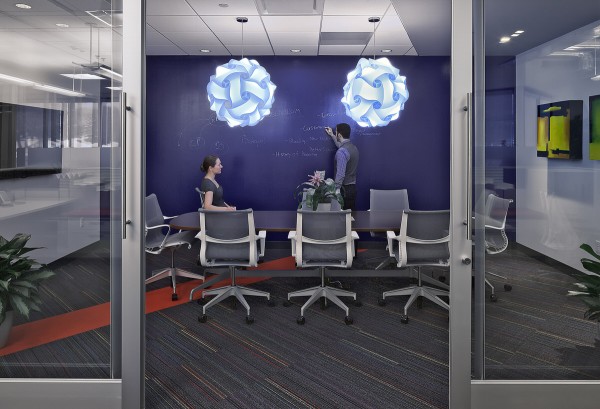
Office space is changing because the way we work is changing. Due in large part to advances in cloud-based software, collaboration applications like Slack, and “virtual presence” platforms (Facetime, Skype, etc.), any place with an Internet connection can become a viable “office.” In regard to this shift, Tracy Wymer, Director of Workplace Strategy at office design firm, Knoll, comments, “What has happened [to the workplace] is it has gone from a real estate discussion…to becoming more of a people-centric discussion.[1] Put another way, “The office used to be a place that you went because the tools to do your job were located there,” says Seth Rosenblum, CEO of The Rosenblum Companies, a longtime owner-operator of Class-A office buildings in the Capital Region. “Today, we are thinking in terms of where employees want to be versus where they have to be.”
Details of interior design, like choice of furniture or availability of natural light can have a major impact on the health and mood of employees, which in turn affects productivity levels. Prolonged sitting reduces blood flow and oxygen intake, ultimately resulting in decreased brain function as well as other issues; this means that a staff person’s level of output decreases and required sick time may increase.[2] In an environment where desk work is an eight-hour-per-day reality, deploy ergonomic seating options or desks that may be adjusted to different heights to promote movement.
Other design characteristics such as plant life and large windows create a more “natural,” well-lit atmosphere, which may have an even greater influence on our ability to concentrate and undertake creative tasks.[3] Even on days when it’s not possible to get outside, studies show that simply looking through a window at elements of nature can provide many of the same benefits.[4] Moving individual offices to the interior of a space, utilizing glass partitions and/or lowering the height of workstations provides more universal access to daylighting and outdoor scenes.
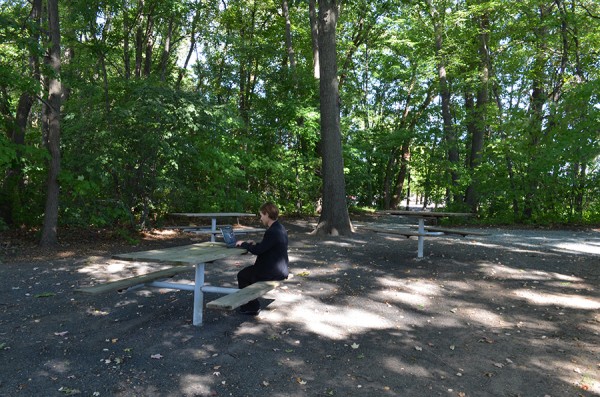
But the most significant challenge to evaluating an office space is determining which forms meet your particular business’s functions — and budget — so workflow planning is key. A team-oriented atmosphere may be better served with an open floor plan and select private spaces available by reservation for meetings or group work, whereas organizations that more often work directly with individual clients typically require a higher ratio of individual offices. In addition to the nature of work performed, it is important to consider the personalities performing said work; for example, an open office can enhance creativity or conversely, present constant distractions. Ultimately, a blend of design concepts may be most effective. “It’s an evolution,” explains Rosenblum. “Now, with every new prospective tenant, or tenants considering a renovation, we start with a conversation about how a company and its team work as the basis for design.”
The Rosenblum Companies, in partnership with Accent, an expert in space planning and systems furniture, has been a leading proponent of creating custom office spaces that better meet particular corporate cultures, workflow and staff needs for its tenants. Rosenblum’s own corporate headquarters at the company’s Great Oaks Office Park in Guilderland acts as a showroom for the integrated collaborative spaces that were pioneered by Silicon Valley firms, but have increasingly been adopted by companies of all types. The space incorporates bright, colorful finishes, exposed ceilings and ample natural light throughout, a prominent meet-and-eat kitchen, lounge area, stand-up work areas and a “huddle” room for private conversations. However, and most importantly, this layout does not simply embrace the latest zeitgeist; it suits the operations and ethos of The Rosenblum Companies; e.g. it projects availability to tenants, facilitates team situational awareness, and accommodates the organization’s dual role as a real estate developer and operator.
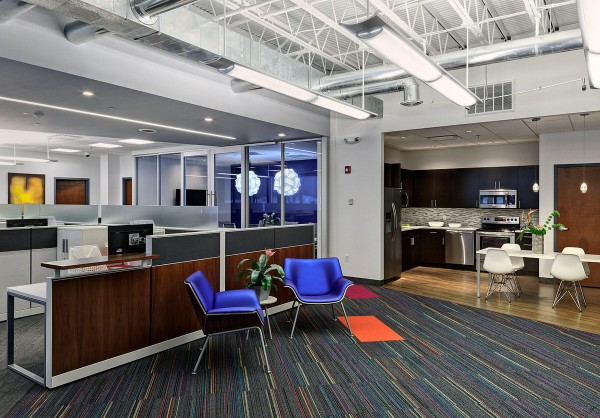
Property amenities can be equally as important as, and enhance, the office experience itself. For employees who clock long hours, immediate access to fitness facilities and/or activities, healthy food options, concierge services, or simply comfortable areas outside of the office proper can make stressful jobs easier to tackle. At Great Oaks, tenants can enjoy a groomed walking/jogging path, tenant lounges, and shaded picnic areas with WiFi. Available services include farm-to-table healthy prepared meals from 9 Miles East Farm, pick-up and delivery dry cleaning, laundry, alterations and shoe repair service, local produce delivery by Field GoodsTM, even curatorial services for locally-sourced artwork. Rosenblum also hosts tenant appreciation events and free electronics recycling days that provide no-cost benefit while boosting overall employee satisfaction as well as opportunities to network with other tenants, which can lead to new business opportunities.
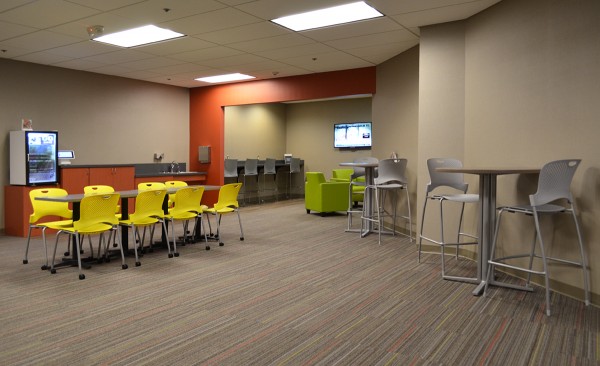
Finally, property management is one of the most significant indicators of value. Neglected buildings, parking areas and landscaping result in negative impressions and morale, no matter how nice your own office space. Time that your staff spends chasing the landlord for needed repairs, cleaning issues, even burned out light bulbs, is time they cannot focus on their primary work. Research the building’s property management practice to understand how often both your space and common areas are cleaned, how building maintenance is staffed and how services orders are handled. In addition to 24-7 on-call service, The Rosenblum Companies utilizes Building Engines, an Internet-based platform that enables tenants to submit and track service requests that are delivered directly to maintenance staff smart phones in real time, as well as access building-related documents and submit comments. Rosenblum management pays close attention to this feedback as a means of measuring and improving upon performance.
Sustainability practices are a more subtle, but no less important aspect of property management. Investments in LED lighting and other energy efficient building systems, all-green cleaning products, recycling programs, low-impact integrated pest management (IPM) and other environmentally friendly initiatives improve building health while mitigating cost for tenants. Look for ENERGY STAR, LEED and/or Green Globe certifications.
Finally, ask about a Landlord’s capital improvement plan. Buildings, unlike fine wines, do not get better with age unless they are well maintained and redeveloped over time, which requires meaningful financial investment by the owner.
Collectively, these elements are also important for attracting and retaining talent. “The office is too-often overlooked and undervalued as a recruiting tool,” said Jeff Mirel, Executive Vice President at The Rosenblum Companies, “especially when there is a lot of competition for qualified people regionally and nationally.”
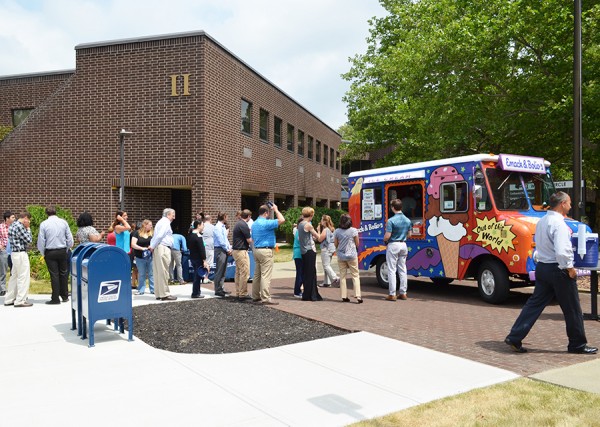
Cost is almost always a factor, but an office space should also be assessed as a visual and practical reflection of corporate values and a direct investment in workforce productivity, client satisfaction and company growth.